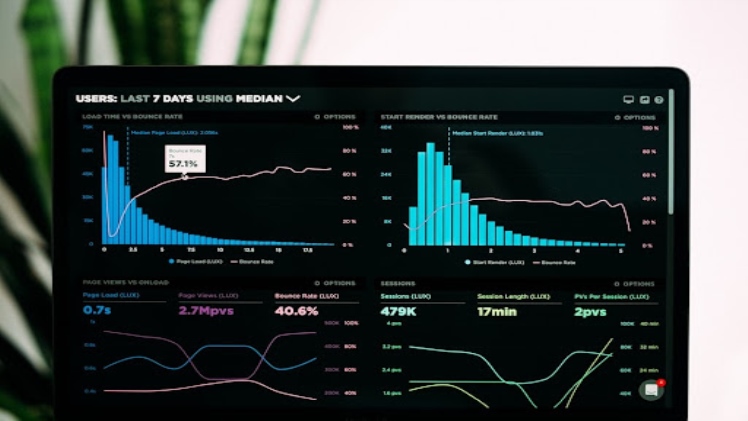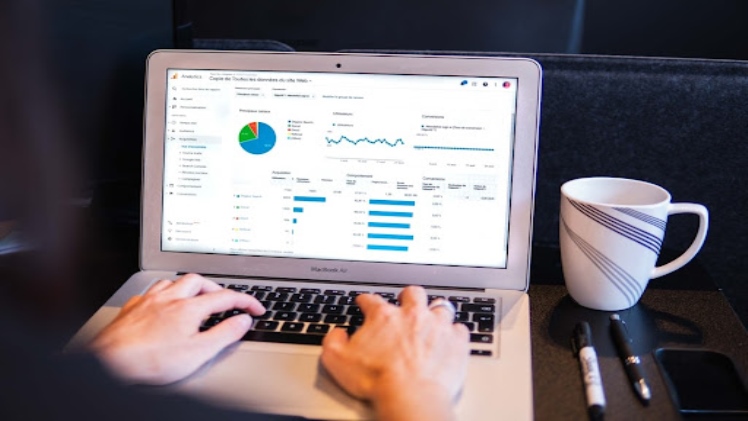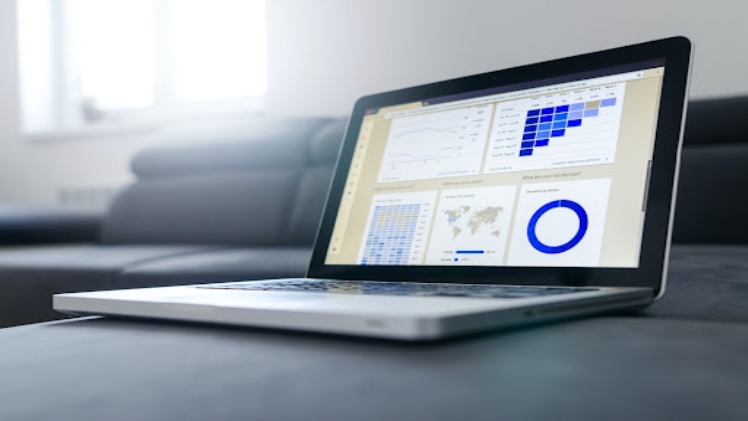Companies are finding that their data is pivotal to making proper business decisions to make for a clearer dashboard for business intelligence. However, taking those data sources and creating a public display for customer and private consumption requires top-of-the-line visualization software. Data visualization tools make analytics come to life. Let’s take a deeper look at what these interactive visualization capabilities can do for companies of any size and the insights that can stem from these inner workings Buy Enshrouded.
Real-Time 3D Visualization Software
When looking into the best visualization software on the market, you want to be able to properly display any data analytics beyond just an Excel spreadsheet. Real-time 3D provides lightweight, interactive 3D CPQ visualization that turns datasets into a marvel of technology. Product models are assembled from raw data with the greatest immediacy in which business customers can choose different options. Real-time 3D supports photorealistic models and templates using native browser functionality on any device with no need to download plugins for faster, actionable insights.
This 3D animation shows customers the ability to work with an interactive data visualization platform while offering a flashier element to data analysis. With the help of eye-catching animations and business intelligence tools, a bar chart can become more than just a databox in a PowerPoint slideshow. These animations through a business intelligence platform can demonstrate basic operations or provide different ways of forming simulations. Customers try different specifications and see the effects instantly, and 3D visualization allows business customers to experiment and find the perfect combination of options to suit their business data needs.
Real-Time 2D Visualization

Real-time 2D CPQ visualization allows business customers to interact with consumers and employees alike without having to invest in heavy equipment for 3D or computer-aided design (CAD). Visualization platforms create interactive charts that let business customers zoom in on small parts of datasets while also operating through various sources across large drawings. Users are able to change components by clicking on them. The best tools let each business customer browse through customization options on an analytics platform to best address the development of a final product through artificial intelligence.
Real-time 2D drawings are lightweight, fast, and on the fly. This helps businesses get data models up and running faster without a significant amount of overhead for any data explorer. This business intelligence technology allows for the use of images and textures from CAD models, giving 2D models of important data. Transparency and image layering in data visualization help to easily generate lifelike representations of products and data points for the more efficient operation of any database. These visualization options give users the confidence of knowing exactly what they’re dealing with in complex data.
CAD Automation

Visualization software leverages CAD models and drawings to automatically generate fully configured 3D models, sales drawings, and production drawings. It even lets you show the finished model directly from your web browser. CAD outputs can be seen by users almost instantly, instead of waiting days or weeks for a design from a team member from different sources. The best data visualization tools are able to handle all of the customizations that need to be addressed. Without production, these powerful analytics and other capabilities can actually lead to long-term savings in overhead costs.
Business users are able to create snapshots of products and data models from multiple camera views and include them in quotes. Snapshots make it easy to provide a great option for customers as well as the shop floor when it moves into production. This also helps to reduce production errors through visual analytics and leads to more satisfied customers, fewer returns, and more profit. After all, what’s better than seeing large amounts of data turn into large amounts of money?

